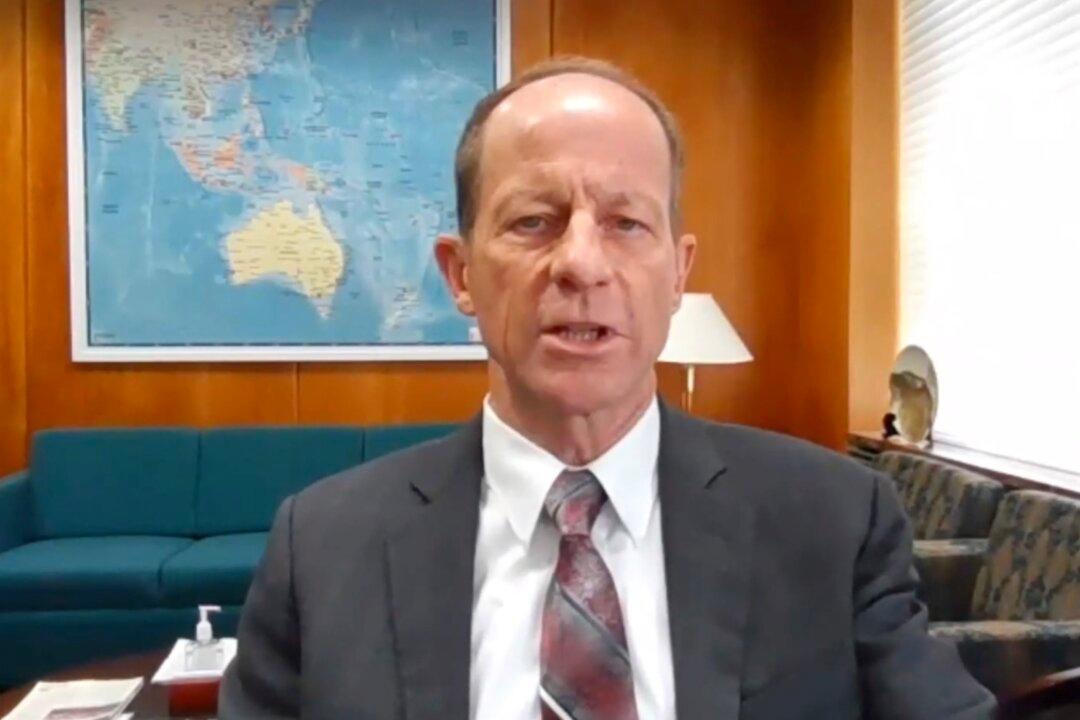WASHINGTON—For 70 years, the United States has been the “undisputed leader in science and technology,” but that’s now changing, according to National Science Board (NSB) member Julia Phillips.
Not only are there more players globally in science and technology (S&T), but the United States has fallen victim to complacency, she said. China likely already exceeds the United States in S&T spending, and based on available data, the crossover point occurred in 2019.




